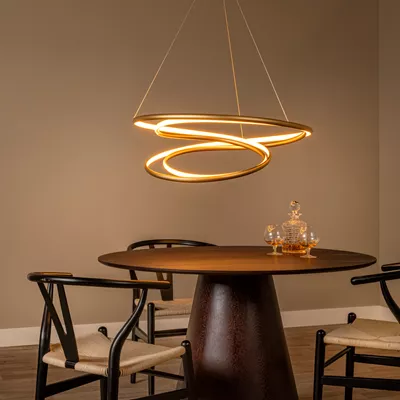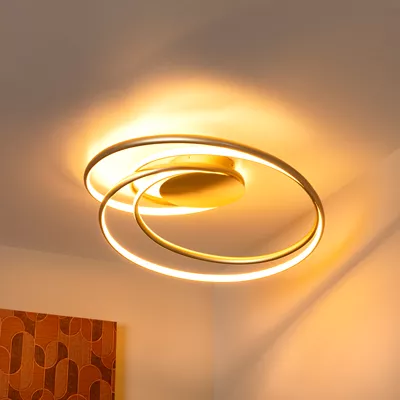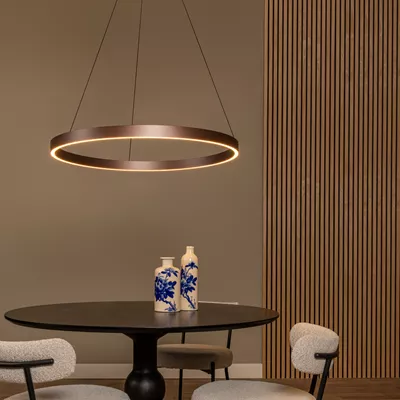Tubelight with a long lifespan
Tubelights are what’s known as fluorescent lighting. Lucide offers a wide range of tubelights, both with a traditional tube shape and with a circular shape. They are all exceptionally high-quality and have a long lifespan. On our website, simply select the Lucide tubelights that you’re looking for. Our tubelight types are available in various light colours, wattage levels and energy labels.
Lucide T5 - Tubelight - Ø 24 cm - T5 - 1x32W 2700K - Opal
94/79100321
Lucide T5 - Tubelight - Ø 24 cm - T5 - 1x32W 6400K - Opal
94/79100325
Lucide T5 - Tubelight - Ø 24 cm - T5 - 1x28W 4800K - Opal
94/79100283
Lucide T5 - Tubelight - Ø 27,5 cm - T5 - 1x32W 6400K - Opal
94/23120325
Lucide T5 - Tubelight - Ø 24 cm - T5 - 1x28W 4000K - Opal
94/79100282
Lucide T5 - Tubelight - Ø 18,5 cm - T5 - 1x22W 6400K - Opal
94/79100225
Lucide T5 - Tubelight - Ø 24 cm - T5 - 1x28W 6400K - Opal
94/79100285
Lucide T5 - Tubelight - Ø 24 cm - T5 - 1x28W 2700K - Opal
94/79100281
Lucide T5 - Tubelight - Ø 18,5 cm - T5 - 1x22W 2700K - Opal
94/79100221
Lucide T4 - Tubelight - T4 - 1x12W 4200K - Opal
94/79152123
Lucide T4 - Tubelight - T4 - 1x20W 4200K - Opal
94/79152203
Tubelights
How tubelights work
As early as 1926 the idea of the current fluorescent lamp was introduced by Edmund Germer. Nowadays, tubelights have a fluorescent substance coating on the inside, filled with noble gases such as mercury vapour. Gas discharge takes place at both ends, where the electrodes are. This causes the mercury vapour to give off invisible ultraviolet radiation, which is then transformed into visible light.
The tube shape
Just like LED bulbs and halogen bulbs, the tubelight is more energy-efficient than the traditional incandescent light bulb. That’s why many people go for the Lucide tube-shaped tubelight. And when you do, we offer a variety of options. For example, you can choose from a wide range of light colours. From extra warm white (up to 2700K) to neutral white light (3001K-4000K). The lumen number is related to this. The same diversity is available for the wattage reach and the energy label, offering the choice of energy label A or B.
Round tubelight types
In addition to the well-known tube shape, tubelights are also available at Lucide in a circular shape. And for these lights, too, we offer a similar diversity of options. The size of our round tubelights varies from 21.6 centimetres to the huge circumference of 40 centimetres. It also depends on the application which size and other options are right for your tubelight preferences. If you have any questions, or if you need more information: the Lucide team would gladly help you out. Our lighting experts can find the right tubelight for you in no time.





